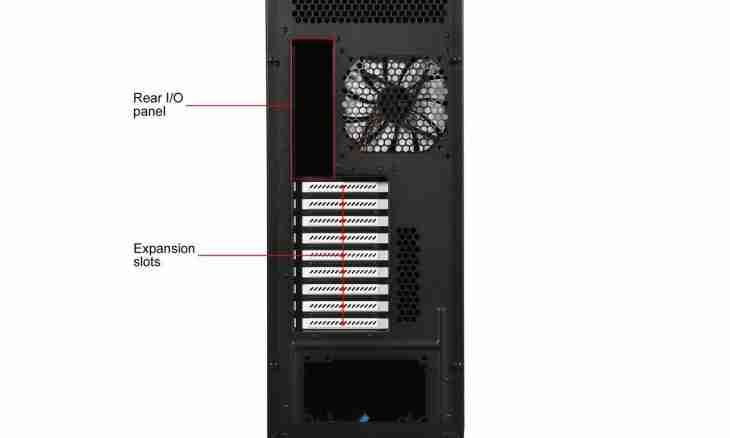Chemical reactions do not affect an atomic nucleus. Chemical properties of elements depend on the structure of their electron shells. The condition of electrons in atom is described by four quantum numbers, Paulie's principle, the rule Gunda and the principle of the smallest energy.
Instruction
1. Look at an element cell in Mendeleyev's table. Serial number specifies charge atomic nuclei of this element and also number of electrons in atom as in the main state atom electrically is neutral. As a rule, serial number is written from above to the left of the name of an element. This integer, do not confuse it with mass number of an element.
2. At first electrons fill the first power level containing only a 1s-subtotal. the s-subtotal may contain no more than two electrons, and they have to differ in the directions a back. Represent a quantum cell by means of a rectangle or a small piece. Place two multidirectional arrows in a cell – looking up and down. So you symbolically designated two electrons on a s-subtotal of the first power level.
3. The second power level contains one cell of a s-subtotal and three cells of a p-subtotal. On a p-orbital there can be about six electrons. These three cells are filled consistently: at first on one electron in everyone, then on one. According to the rule Gunda, electrons are located so that total backs was maximum.
4. The third power level is filled, since the sodium having 11 electrons. There is a subtotal 3d, but it will be filled with electrons only after a cell 4s. Such behavior of electrons is explained by the principle of the smallest energy: each electron to strive for such arrangement in atom that its energy was minimum. And energy of an electron on a subtotal 4s is less, than on 3d.
5. In general, filling with electrons of power levels happens in such sequence: 1s2s2p3s3p4s3d4p5s4d5p6s4f5d6p7s5f6d. At the same time on any s-cover there can be no more than two electrons (one orbital), on a p-cover – it is no more than six electrons (three orbitals), on a d-subtotal – no more than 10 (five orbitals), on a f-subtotal – no more than 14 (seven orbitals).

